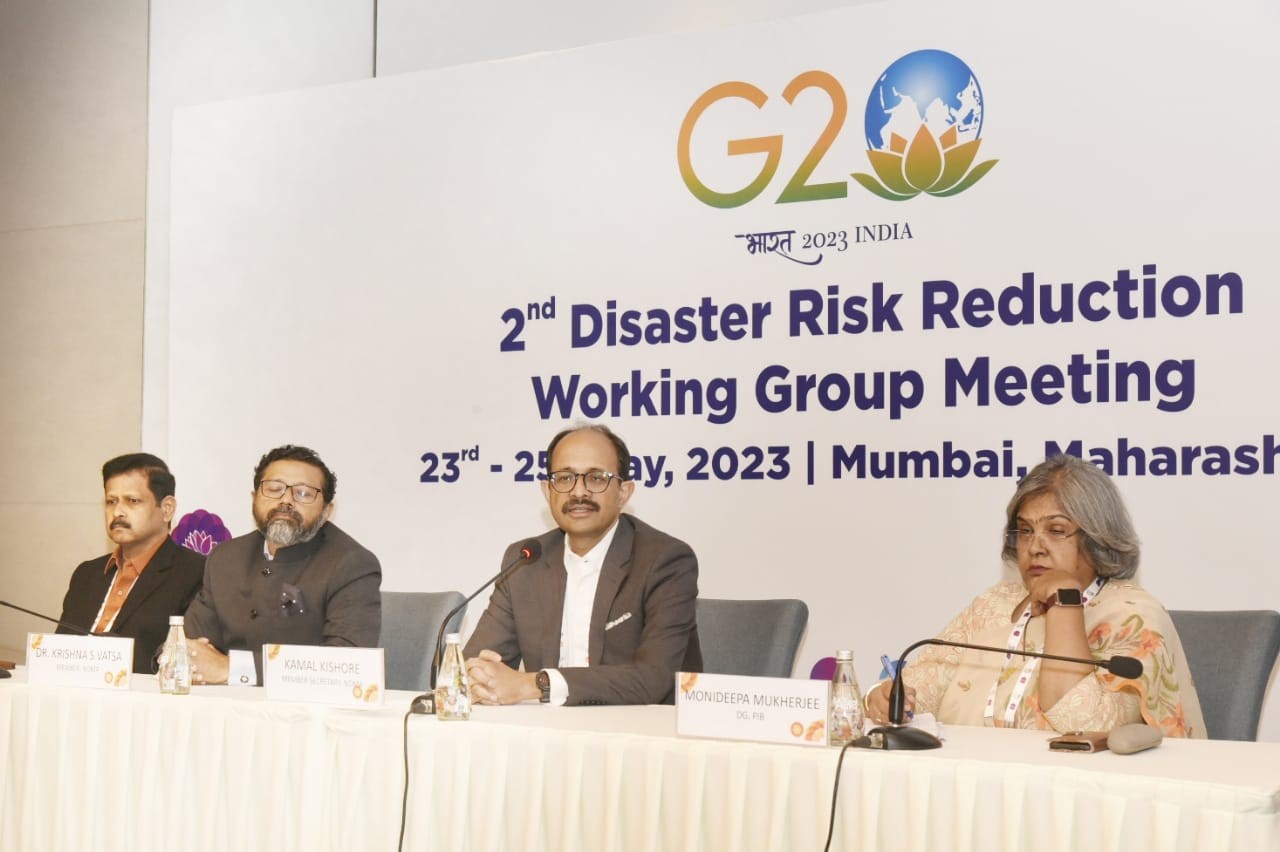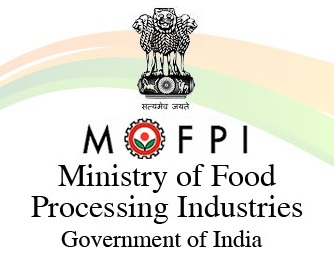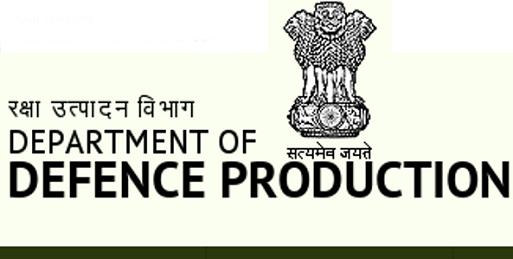Mumbai, known for its heavy monsoon rains and waterlogging issues, has implemented various tech-based solutions to address these challenges. The city witnessed severe flooding and loss of lives and properties during the record rainfall on 26th July 2005. As part of the 2nd Disaster Risk Reduction Working Group (DRRWG) meeting of G20 countries, delegates will visit the Brihanmumbai Municipal Corporation (BMC) control room to observe the technological measures put in place to tackle heavy rainfall and flooding during the monsoon season.
The meeting, held from May 23-25, 2023, focuses on five key priority areas: early warning systems, resilient infrastructure, national and international response, building back better, and nature-based solutions.
Following the 2005 floods, the Government of Maharashtra established the Madhavrao Chitale Fact-Finding Committee, which recommended various measures, including the installation of pumping stations in sensitive areas of the BMC.
In Mumbai, the rainwater does not naturally flow into the sea during high tide. Instead, the seawater level pushes the rainwater back onto the streets, resulting in waterlogging in low-lying areas. To mitigate this issue and drain out the rainwater efficiently, the pumping stations utilize high-power water pumps to push the rainwater into the sea. These pumping stations play a crucial role in averting possible disasters during heavy downpours.
BMC has constructed pumping stations and underground water storage tanks to facilitate rapid clearance of rainwater. Currently, six pumping stations are operational at Haji Ali, Lovegrove (Worli), Cleveland Bunder (Worli Village), Britannia (Reay Road), Irla (Juhu), and Gazadhar bandh (Santacruz). Two more pumping stations will be added soon, and smaller pumping stations are operational at other locations. These pumping stations consist of 43 pumps, each with an installed capacity to lift 6,000 liters of water per second. Collectively, these pumps can lift 2,58,000 liters of water per second. The pumps are computerized and automatically activate when heavy rainfall leads to water flow towards the pumping stations.
BMC has also constructed an underground storage tank in the ‘Late Pramod Mahajan Park’ area in Parel to address waterlogging in the Hindmata area. This tank can store up to 2 crore liters of water during heavy rains, significantly reducing water accumulation in the area.
To address the issue of flooding caused by the choking of the Mithi River due to floods, garbage, and encroachments, the BMC launched the ‘Mithi River Water Quality Improvement’ project in the Powai area in September 2022.
The G20 delegates visiting the BMC control room will be informed about these initiatives taken by the BMC to tackle waterlogging, heavy rainfall, and high tides in low-lying areas of Mumbai and its suburbs.
The DRRWG is an initiative led by India under its G20 Presidency. The first DRRWG meeting took place in Gandhinagar in March-April of the same year. This initiative aligns with the Sendai Framework for Disaster Risk Reduction 2015-2030, which aims to substantially reduce disaster risks and losses in various aspects of life, development, and the environment. It recognizes the primary role of the state in reducing disaster risks and emphasizes the importance of collaboration with other stakeholders, including local government and the private sector.





